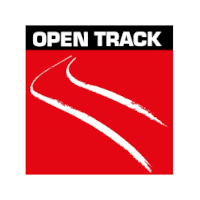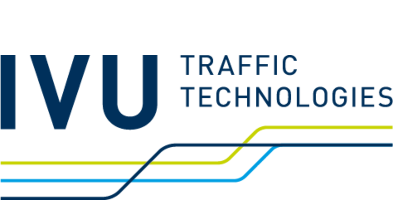
Lecture 4:
Railway Operations Modeling with Petri Nets
by Professor Sanjin Milinković, University of Belgrade, Serbia
Lecture description: The main goal of this mini course will be to present the strengths and weaknesses of Petri Nets (PN) as a tool for railway simulation and modelling. A Petri net is a mathematical modelling tool that is used in the analysis and simulation of concurrent systems. The distributed system is modelled as a bipartite directed graph with two sets of nodes: the set of places that represent state or system objects and the set of transitions that are used to model events. The behaviour of the Petri Net can be defined by describing how places and transitions interact with a token as it traverses through the net. Tokens could be used to simulate train movements, information flow, time, etc. Places are objects that replicate various rail infrastructure elements (block sections, switches, station tracks, signals, etc.). There are many extensions to Petri nets, adding properties that can enhance the modelling power of Petri Nets (i.e., High-level Petri Nets).
This course will introduce the basic principles in modelling railway operations, defining the infrastructure elements as a subsystem with connected places and transitions. More, we will define the transition rules as a set of conditions imposed by the timetable, interlocking principles, infrastructure, signalling and control systems (application of PN as a microsimulation tool).
The stochastic nature of the railway systems can be modelled by introducing PN modules for delays, unscheduled stops, and other unplanned events using fuzzy Petri Nets properties. Further, we will analyse the dispatching logic PN module for simulation of complex railway systems, i.e., single track train dispatching simulation.
Finally, for application in specific railway concurrent systems, we will analyse the modelling power of Petri Nets by reviewing the PN structure and behavioural properties.
About lecturer: Sanjin M. Milinković is an Professor at the University of Belgrade – Faculty of Transport and Traffic Engineering. He graduated with Dipl. Ing. (year 2001.), with Magister’s degree (2007.) and with PhD. Degree (2013.) at the University of Belgrade, Faculty of Traffic and Transport Engineering, Department of Railway Traffic and Transport. For his Magister Thesis he received Award for the Best Magister Thesis from the Belgrade Chamber of Commerce. In Year 2003. he finished the licencing course on the Serbian Railways for the position of the leading technology planner – traffic and transport engineer, at the Section for Traffic and Transport at Serbian Railways enterprise. He is currently working at University of Belgrade – Faculty of Traffic and Transport Engineering (teaching courses on undergraduate academic studies, courses on Master studies and courses on doctoral studies). His main research focus is on the modelling and simulation of rail technology for freight and passenger transport and traffic.






